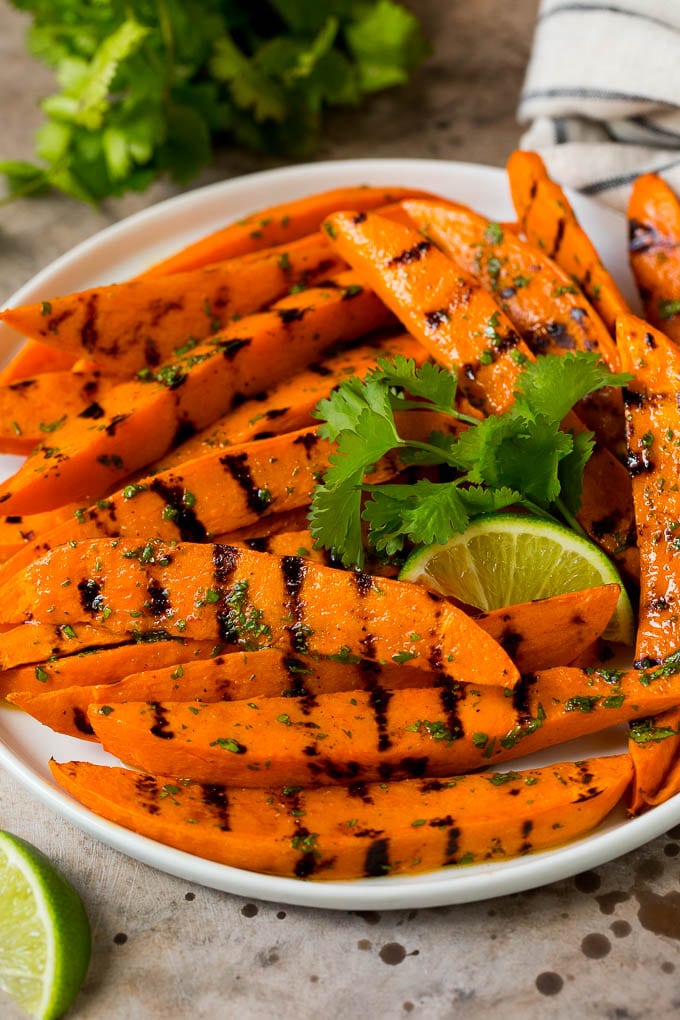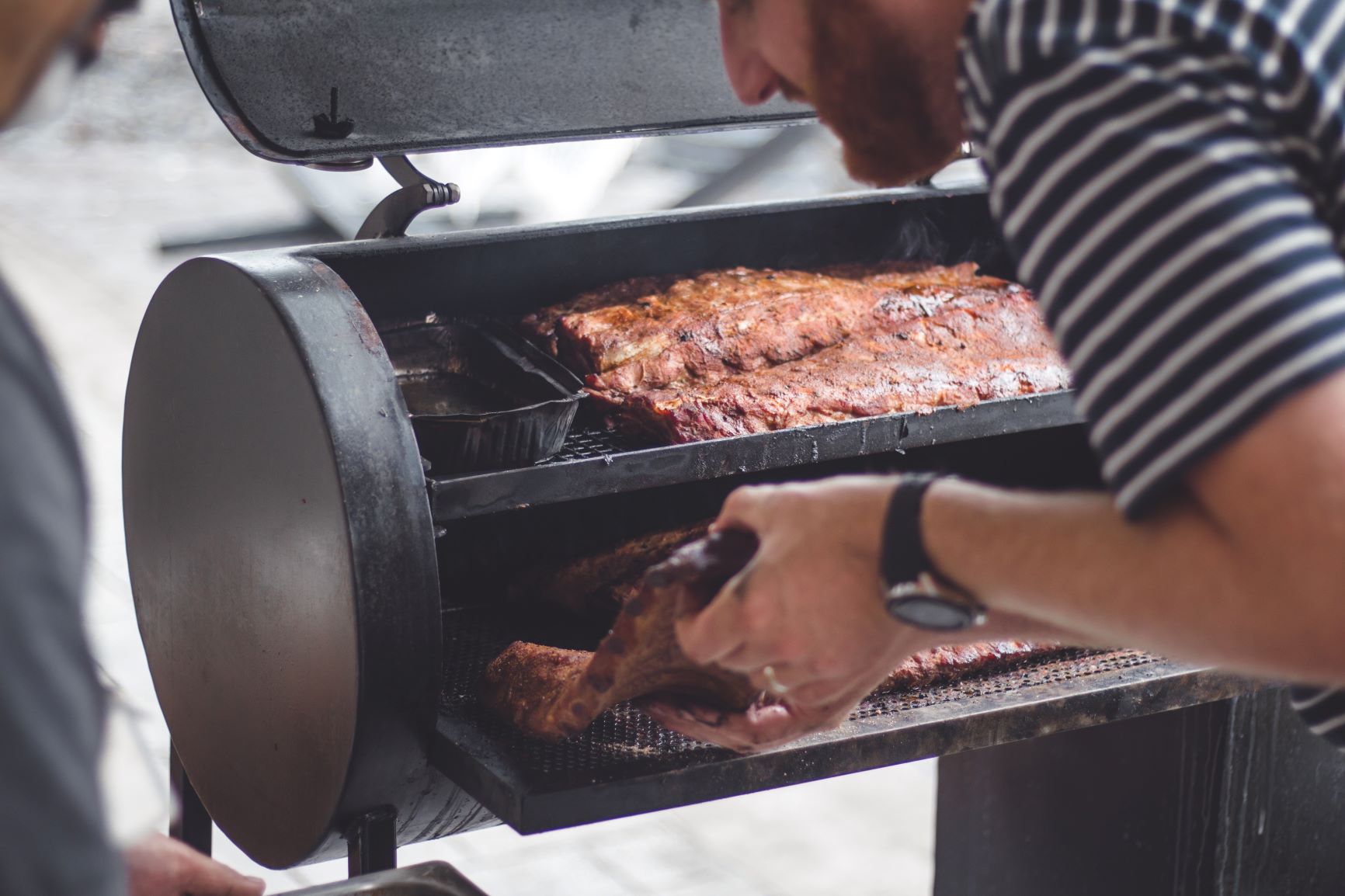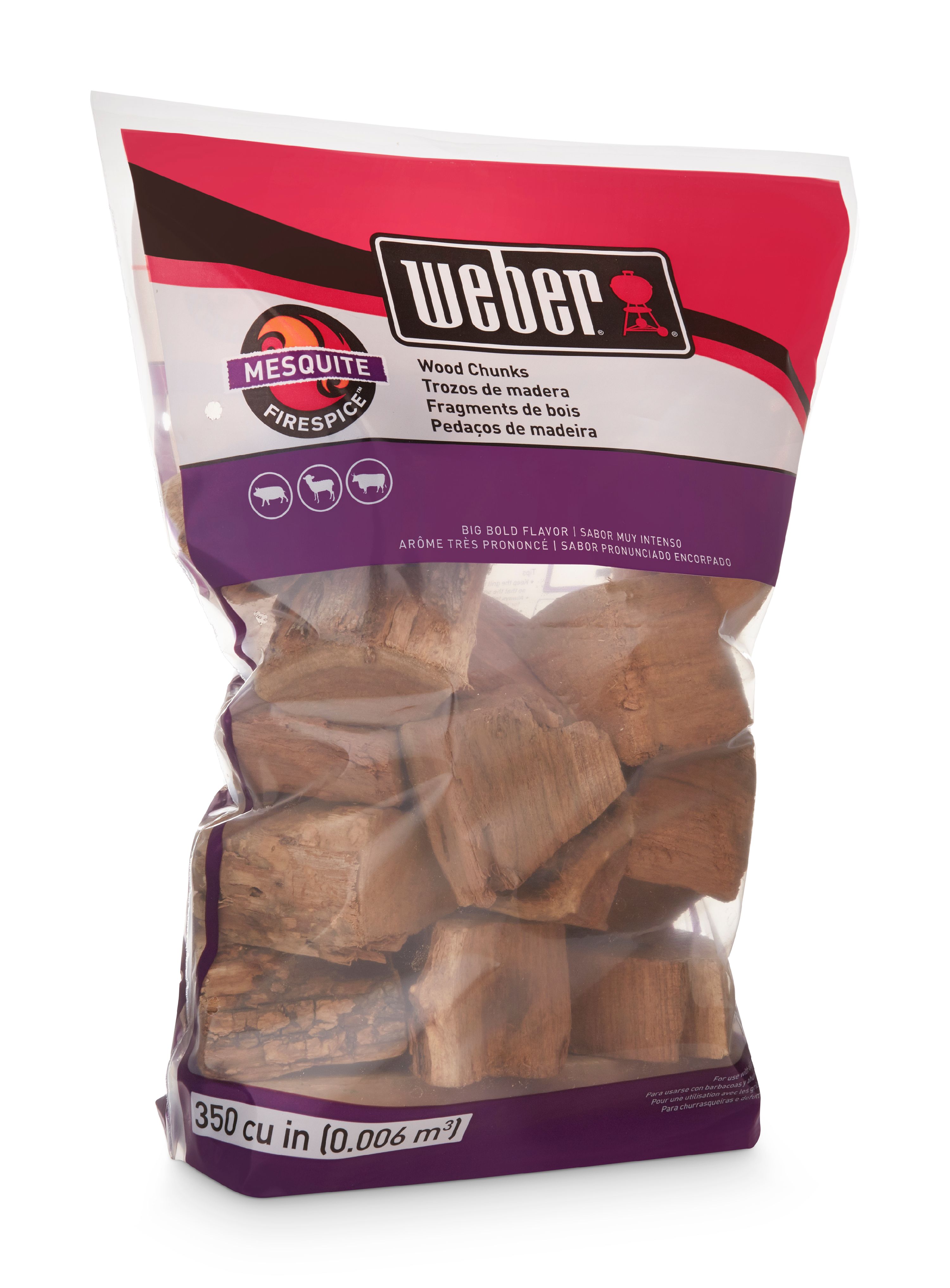
The most obvious advantage of indirect grilling is its slow cooking. The heat is concentrated on one side of the food with this method. This method is ideal for delicate, long-cooked foods and those that don't need to be cooked at high temperatures. These are some helpful tips for choosing the right meat type. You can read on to learn about indirect grilling and which types of food it works best.
Indirect grilling comes with a first advantage: it uses less heat. Although indirect grilling uses more heat than traditional cooking, the food is cooked evenly and more thoroughly. Another benefit of indirect grilling is the lingering flavor of the smoke. Indirect grilling isn't like direct grilling. It doesn't leave behind unpleasant odors. The flavors are true to the original flavors of the food. It's the ideal choice for small or delicate foods that take at least 25 minutes before reaching their desired level of doneness.

Indirect grilling is a good option if you need to cook foods that don't need to cook quickly. This method is great for getting classic grill marks on food, without the need to be very attentive. This method works best for quick and easy ingredients that don't require long or prolonged cooking times. It is important to watch your grill while it cooks. To ensure that the meat is cooked perfectly, allow it to rest for a couple of minutes before you serve.
Indirect grilling is generally slower than direct grilling and requires more frequent monitoring. To ensure your food cooks at the correct temperature, rotate it often. You must also use a thermometer to check the meat's internal temperature. Indirect grilling requires that you have a thermometer with you to ensure the perfect results. This method will give you that smoky, savory taste without burning it.
Indirect grilling is ideal for larger foods and is a good alternative for those with smaller kitchens. Indirect grilling produces the best results with larger foods that can easily be placed at a low-to medium temperature. It's also recommended to use a drip pan to catch dripping fat and juices. If you don't mind sacrificing quality, then indirect grilling can be a great option.

Indirect grilling is an excellent choice for any type or food, no matter if you have a charcoal grilling gas grill or charcoal grilling. You can use different types or fuels, and it's less expensive than gas grilling. Indirect grilling is possible with either charcoal or gasoline. Indirect grilling works well with both charcoal and gas. However, the latter is better suited to most home-made appliance. The benefits of indirect grilling outweigh any disadvantages.
FAQ
What should a novice cook do first?
Beginners should begin cooking simple dishes like soup, pasta, and rice. You can learn how to cook by looking at a cookbook or watching a YouTube video. Cooking with others is more enjoyable. Have a group of friends cook, or cook together.
What skills is required to attend culinary school
You will need to know how to cook, understand food safety regulations, and be able work under pressure in order to become a chef. Cooking classes can be taken at high schools and community colleges to learn the basics of cooking. Once you have learned the basics of cooking, it is time to look for work at a restaurant.
How to be a Chef
There are many ways to become a chef. Begin by enrolling at a community college. Then, look into attending culinary school. Finally, consider a paid internship.
Do I need to go to culinary school to be a chef?
No. Many chefs started their careers by learning on their own. Some even went to culinary schools to gain practical experience. Most chefs prefer to go to culinary school to expand their professional opportunities. Culinary schools provide hands-on training that helps students develop valuable skills and enhance their culinary knowledge.
How Much Does it Cost to Learn Culinary Arts Skills?
Prices for studying culinary arts vary widely. For example, a 4-year degree costs about $40,000. On the other hand, a two-year associate's degree may cost less than $5,000. Tuition rates depend on the type of program you select. Prices for tuition are higher in private institutions than they are for public ones.
Statistics
- under 10 Kids have been taught that there is special food just for them, and Fiese says that 10 percent of kids will throw a tantrum if they don't get the food they want. (washingtonpost.com)
- The median pay for a chef or head cook is $53,380 per year or $25.66/hour, according to the U.S. Bureau of Labor Statistics (BLS). (learnhowtobecome.org)
- You'll be amazed that over 90% of CIA students receive scholarships and grants to finish their culinary studies. (ischoolconnect.com)
External Links
How To
How to make a perfect Omelette
Omelets are one of my favorite foods to eat at breakfast. But how do they turn out so perfectly? There are many recipes and methods I tried, but none worked. So I am sharing some tips and tricks today to help you make fluffy, delicious omelets every morning.
We should first know that eggs are very temperamental ingredients when making omelets. Eggs must be purchased fresh, preferably organic, and kept chilled until ready for cooking. You must keep them cool enough to allow the whites to form properly and the yolks to become too runny if they're not kept at the right temperature. This will make your omelets appear strangely colored. If you're going to cook them immediately, it is best if the eggs are still warm.
You might also try separating the egg before adding to the pan. It is important not to allow any white to mix with the yolk as this could lead to the omelet becoming curdled.
The egg can burn if it is placed directly on the stovetop. Instead, heat the egg for 10 seconds in the microwave before placing it in the pan. The microwave heat cooks the eggs just right without overcooking them.
Next, let’s talk about mixing the egg. Mix eggs well together. To do this, take the bowl from the mixer and flip it upside-down. Now shake the bowl vigorously. By doing this, the egg is thoroughly mixed with the air in the bowl.
Now it's time to have fun: pour the milk into the mixture. Pour half the milk into the beaten egg mixture and then fold in the eggs. Do not be alarmed if there are still egg streaks visible. Once the omelet flips, these streaks will disappear.
After you have folded the eggs, heat the oil in a pan over medium heat. Once the oil has started to sizzle, turn the heat down to low. When the oil is hot enough, add 1/4 cup butter to the pan. Stir it around until the butter covers the entire pan. The lid should be carefully opened. Sprinkle salt in the pan. Salt will prevent the omelet sticking to the pan.
Once the omelet has formed, cover the pan again and wait for the top side to set completely. Flip the omelet by using a spatula. Cook the second side for a minute or so. Serve the omelet immediately by removing it from the pan.
This recipe is best when used with whole milk. But, you can use skimmed milk as well.